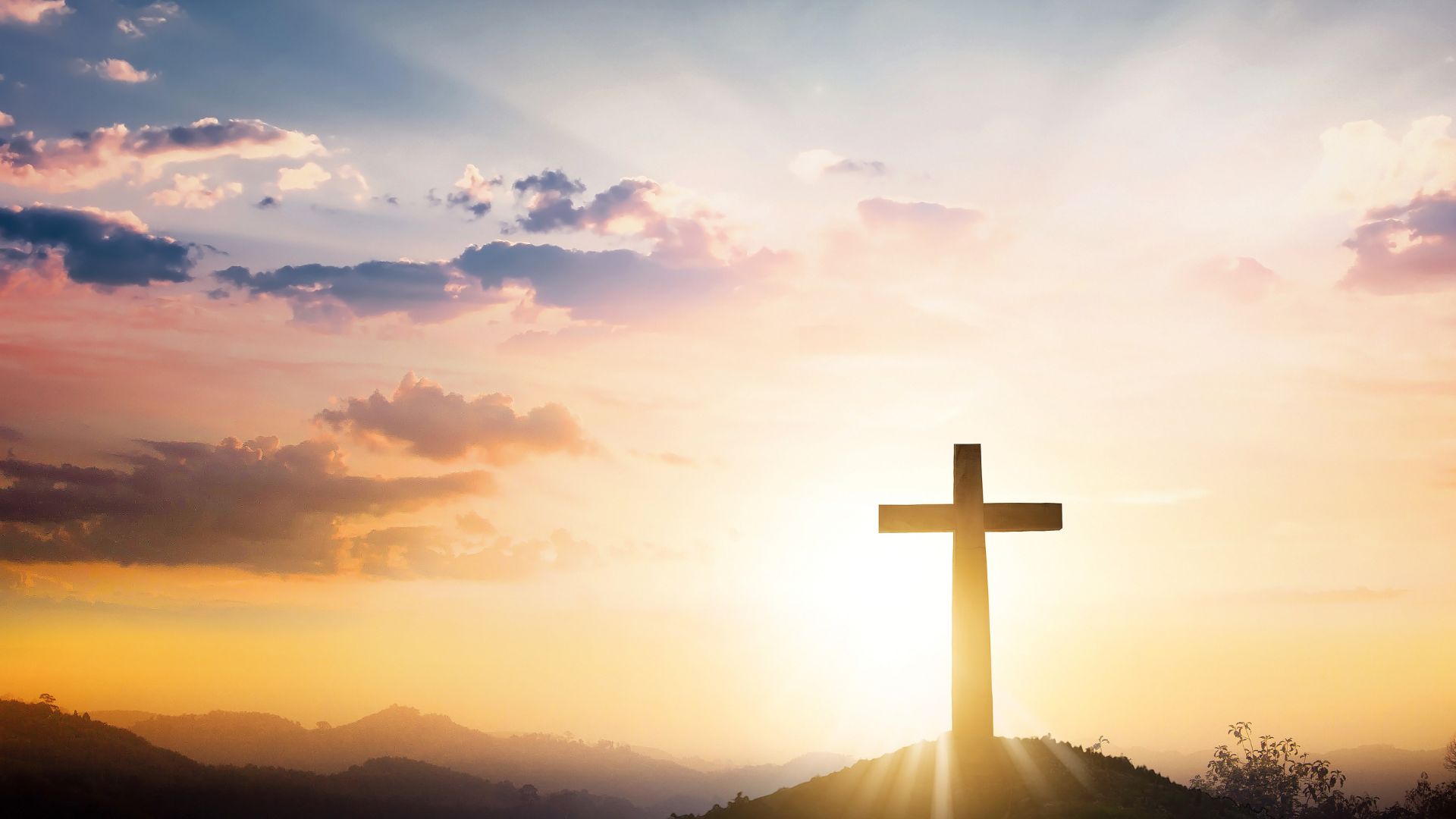Like many of you, I grew up chasing butterflies here in Alabama. My childhood obsession with them has carried over to my adult years. I was heartbroken to learn that the beloved Monarch butterfly is now endangered.
Seeing the gorgeous orange, black, and white butterflies fly around my yard as a child is a special memory for me. My parents recognized my love for butterflies and took me to Callaway Gardens when I was in third grade. I was mesmerized walking in the butterfly conservatory and seeing so many colorful insects flying around me! I even brought back a huge beautiful poster to hang in my room. I studied them so much I was even asked to do a presentation at school for the younger first graders. (yes I was a science nerd even then!) Knowing that my own children may never see a Monarch in the wild (or many of the other butterflies that I grew up chasing) really makes me sad.

Monarch Butterfly Migrations
There are about 17 species of butterflies that migrate from cooler climates to warmer ones but the Monarch butterflies are unique in that in all the world, they migrate the farthest! These beautiful insects travel up to 3,000 miles and make this journey twice a year. They roost during the cooler months in large breathtaking colonies then emerge and make the flight to warmer areas and reproduce.
What is even more fascinating to me is that the life span of a typical Monarch butterfly is only about a month, yet somehow each generation knows what to do and where to go wherever it is born. Scientists believe that using magnetic fields around the earth helps them to navigate their long journeys but this is still being studied. The fourth generation born is stronger and more robust to make the longest flights and often live 8-9 months! Many research organizations have implemented tagging efforts to be able to learn about the Monarch migration patterns.
Many towns and cities thrive on the boost in the economy due to the tourism generated during peak Monarch migration season. Since the Monarch butterfly is now endangered the many festivals, celebrations, and tourism could see an end. We also do not know what ecological impact their decline will have or has had already. I believe that every creature on earth has a specific reason and role here. (That means you too!) Although this stunning insect is small in size, its decline and possible extinction can have trickling effects on our world. Only time will tell…
Why The Monarch Butterfly is Now Endangered
The U.S. Geological Survey estimates that there is nearly a 60 percent chance the monarch’s spectacular, multigenerational migration in the eastern half of the country could completely collapse within the next 20 years. The Western population of Monarch butterflies has declined by 99.4% and could disappear completely in just a few short years.
The decline of the milkweed plant is one of the biggest reasons for their decline. Monarch butterflies rely on one specific plant, milkweed, to reproduce. The butterflies will only lay their eggs on milkweed because it is the only plant that their caterpillars can eat. Where once there were wild prairies filled with natural milkweed, there are now cities and parking lots. Milkweed once grew among the crops of farmers but the use of pesticides has lessened its growth dramatically.
Without the milkweed, there are no caterpillars. If you remember anything from grade school about the butterfly life cycle, you know that no caterpillars ultimately mean no butterflies.
Natural occurrences such as a severe cold snap near the Monarch’s overwintering colonies or severe drought along their migration routes can quickly decimate large portions of the Monarch population also. While there is nothing we can do to prevent a natural occurrence, it means we must do everything we can to remedy the human impact we have had on the decline of the Monarch butterfly.
Petitions and Congressional bills have been introduced to provide national funding to help preserve the Monarch colony habitats and plant milkweed reserves. Hopefully, we are not too late.
How You Can Help the Monarch Butterflies
Albert Einstein said, “The world will not be destroyed by those who do evil, but by those who watch them without doing anything.” While the unintentional decline of the Monarch butterfly has not been the result of evil per se, the rest of this quote rings true. North America cannot sit idly by if we want to preserve the iconic Monarch butterfly.
How can you help the Monarch butterfly population? Plant milkweed native to your area. Planting milkweed along the edges of your yard or flower beds is one small step in the right direction.

Don’t know where to find milkweed seeds or plants? Check your local nursery for live plants and the Live Monarch foundation will send you free seeds of native milkweed if you send them a self-addressed stamped envelope. If you don’t feel like bothering with the self-addressed envelope, you can make a small (or large!) donation on their site and they will send you seeds or even small plants. Learn all about this program at the Live Monarch Educational Foundation website.
Reduce your use of pesticides. I am an avid gardener and I hate nuisance insects like mosquitoes just as much as anyone but I do not use a wide cast pesticide in my gardens. If one must be used, I concentrate it on the exact plant or small area that I need to treat and use the simplest and most natural pesticide I can find.
Support foundations and bills that work to protect the Monarch butterflies. Here in Alabama, UAB is working hard to create a protected natural habitat to help save the Monarchs. Alabama has the Alabama Butterfly Atlas that tracks Monarch sightings county by county. Do a little research around your area and see what efforts are in place to create native habitats already.
Hopefully, with many hands doing many small things, it will add up enough to strengthen our Monarch butterfly population in time!









